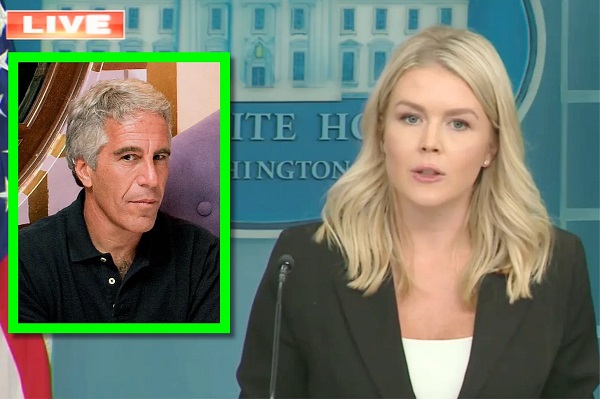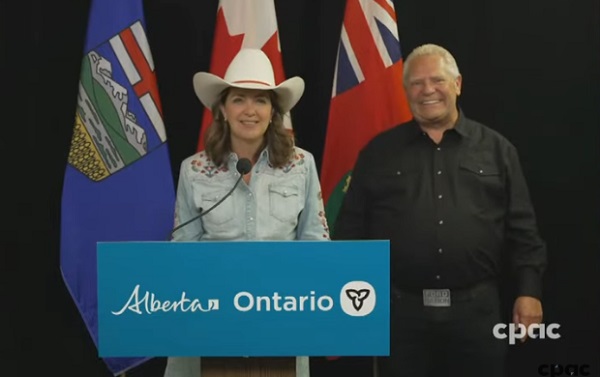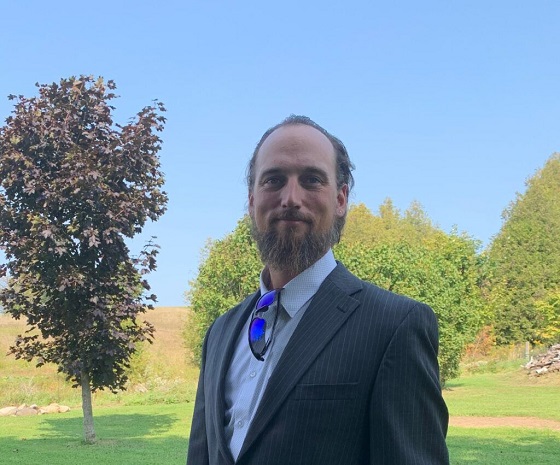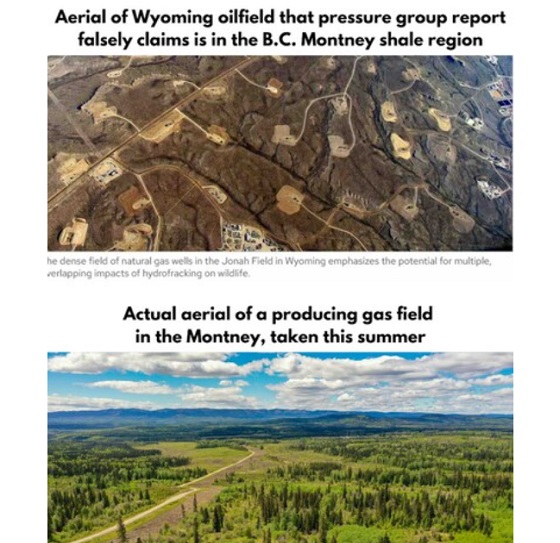Business
INDIGENOUS PARTICIPATION IS IMPORTANT TO THE CANADIAN WIND ENERGY INDUSTRY, WITH OVER 35 COMMUNITIES ALREADY BENEFITTING FROM WIND PROJECTS

INDIGENOUS PARTICIPATION IS IMPORTANT TO THE CANADIAN WIND ENERGY INDUSTRY, WITH OVER 35 COMMUNITIES ALREADY BENEFITTING FROM WIND PROJECTS

This article was written in 2019, prior to the July 1, 2020, creation of the Canadian Renewable Energy Association, which joined CanWEA with the Canadian Solar Industries Association.
Canada’s wind energy industry has been involved with and benefited over 35 Indigenous communities in the country. As the voice of the industry, the Canadian Wind Energy Association (CanWEA) has been a supporter of Indigenous participation in Canadian wind projects. One of the ways that CanWEA has been active is by being a “Clean Energy Collaborator” with the innovative 20/20 Catalysts Program, which supports clean energy development in Indigenous communities. An example of this collaboration has included working with Catalysts like Chantelle Cardinal (2018 cohort) on convening Indigenous leaders at CanWEA events to enable meaningful discussions about the obstacles and opportunities for Indigenous involvement in wind energy projects. This collaboration is important, since “many of Alberta’s Indigenous communities are focused on opportunities to participate in the clean energy development occurring in their Traditional Territory and to creating opportunity on Reserve and on Settlement lands,” as Ms. Cardinal told CanWEA’s 2019 Spring Forum in Banff, Alberta. In recognition of the effectiveness of the 20/20 Catalysts Program, CanWEA honoured the program with its 2018 Group Leadership Award, which recognizes visionary leaders and clean energy pioneers for their outstanding contribution to the Canadian wind industry.
Canada’s wind energy industry has been involved with and benefited over 35 Indigenous communities in the country.
As the voice of the industry, the Canadian Wind Energy Association (CanWEA) has been a supporter of Indigenous participation in Canadian wind projects. One of the ways that CanWEA has been active is by being a “Clean Energy Collaborator” with the innovative 20/20 Catalysts Program, which supports clean energy development in Indigenous communities.
Chantelle Cardinal, a Saddle Lake Band member from Whitefish Lake #128 and a Catalyst from the 2018 cohort, is one of the Catalysts with whom CanWEA has been working on convening Indigenous leaders at CanWEA events to enable meaningful discussions about the obstacles and opportunities for Indigenous involvement in wind energy projects in Alberta. She has been working with First Nations in Alberta for over 14 years and is currently the Director of Business Development & Environment for the G4 (Stoney Nakoda-Tsuut’ina Tribal Council).
Effective Indigenous and public engagement are cornerstones for successful wind energy development. CanWEA has developed Best Practices for Indigenous and Public Engagement to help industry members consult, engage and communicate on wind energy developments.
“Many of Alberta’s Indigenous communities are focused on opportunities to participate in the clean energy development occurring in their Traditional Territory and to creating opportunity on Reserve and on Settlement lands,” Ms. Cardinal told CanWEA’s 2019 Spring Forum in Banff, Alberta. “Wind energy projects across Canada have demonstrated exemplary, mutually-beneficial partnerships with Indigenous peoples. From community involvement and investment, to contracts and long-term employment, these partnerships are blazing a new trail for how to facilitate collaborative Indigenous engagement and access this country’s vast renewable resources.”
At the Spring Forum, she led an Indigenous panel discussion on the strengths, benefits and lessons from Indigenous participation in wind energy developments. A key point was that clean energy projects can contribute to energy and economic sovereignty for Indigenous communities.
In recognition of its successes, CanWEA awarded the 20/20 Catalysts Program with its 2018 Group Leadership Award, which recognizes visionary leaders and clean energy pioneers for their outstanding contribution to the Canadian wind industry. (This story was written in 2019, prior to the creation of Canadian Renewable Energy Association).
Thanks to Todayville for helping us bring our members’ stories of collaboration and innovation to the public.
Click to read a foreward from JP Gladu, Chief Development and Relations Officer, Steel River Group; Former President and CEO, Canadian Council for Aboriginal Business.

JP Gladu, Chief Development and Relations Officer, Steel River Group; Former President & CEO, Canadian Council for Aboriginal Business
Click to read comments about this series from Jacob Irving, President of the Energy Council of Canada.

Jacob Irving, President of Energy Council of Canada
The Canadian Energy Compendium is an annual initiative by the Energy Council of Canada to provide an opportunity for cross-sectoral collaboration and discussion on current topics in Canada’s energy sector. The 2020 Canadian Energy Compendium: Innovations in Energy Efficiency is due to be released November 2020.
Click below to read more stories from Energy Council of Canada’s Compendium series.
INDUSTRY-INDIGENOUS RELATIONS: A TREND TOWARD DEEPER ENGAGEMENT
Automotive
Federal government should swiftly axe foolish EV mandate

From the Fraser Institute
Two recent events exemplify the fundamental irrationality that is Canada’s electric vehicle (EV) policy.
First, the Carney government re-committed to Justin Trudeau’s EV transition mandate that by 2035 all (that’s 100 per cent) of new car sales in Canada consist of “zero emission vehicles” including battery EVs, plug-in hybrid EVs and fuel-cell powered vehicles (which are virtually non-existent in today’s market). This policy has been a foolish idea since inception. The mass of car-buyers in Canada showed little desire to buy them in 2022, when the government announced the plan, and they still don’t want them.
Second, President Trump’s “Big Beautiful” budget bill has slashed taxpayer subsidies for buying new and used EVs, ended federal support for EV charging stations, and limited the ability of states to use fuel standards to force EVs onto the sales lot. Of course, Canada should not craft policy to simply match U.S. policy, but in light of policy changes south of the border Canadian policymakers would be wise to give their own EV policies a rethink.
And in this case, a rethink—that is, scrapping Ottawa’s mandate—would only benefit most Canadians. Indeed, most Canadians disapprove of the mandate; most do not want to buy EVs; most can’t afford to buy EVs (which are more expensive than traditional internal combustion vehicles and more expensive to insure and repair); and if they do manage to swing the cost of an EV, most will likely find it difficult to find public charging stations.
Also, consider this. Globally, the mining sector likely lacks the ability to keep up with the supply of metals needed to produce EVs and satisfy government mandates like we have in Canada, potentially further driving up production costs and ultimately sticker prices.
Finally, if you’re worried about losing the climate and environmental benefits of an EV transition, you should, well, not worry that much. The benefits of vehicle electrification for climate/environmental risk reduction have been oversold. In some circumstances EVs can help reduce GHG emissions—in others, they can make them worse. It depends on the fuel used to generate electricity used to charge them. And EVs have environmental negatives of their own—their fancy tires cause a lot of fine particulate pollution, one of the more harmful types of air pollution that can affect our health. And when they burst into flames (which they do with disturbing regularity) they spew toxic metals and plastics into the air with abandon.
So, to sum up in point form. Prime Minister Carney’s government has re-upped its commitment to the Trudeau-era 2035 EV mandate even while Canadians have shown for years that most don’t want to buy them. EVs don’t provide meaningful environmental benefits. They represent the worst of public policy (picking winning or losing technologies in mass markets). They are unjust (tax-robbing people who can’t afford them to subsidize those who can). And taxpayer-funded “investments” in EVs and EV-battery technology will likely be wasted in light of the diminishing U.S. market for Canadian EV tech.
If ever there was a policy so justifiably axed on its failed merits, it’s Ottawa’s EV mandate. Hopefully, the pragmatists we’ve heard much about since Carney’s election victory will acknowledge EV reality.
Business
Prime minister can make good on campaign promise by reforming Canada Health Act

From the Fraser Institute
While running for the job of leading the country, Prime Minister Carney promised to defend the Canada Health Act (CHA) and build a health-care system Canadians can be proud of. Unfortunately, to have any hope of accomplishing the latter promise, he must break the former and reform the CHA.
As long as Ottawa upholds and maintains the CHA in its current form, Canadians will not have a timely, accessible and high-quality universal health-care system they can be proud of.
Consider for a moment the remarkably poor state of health care in Canada today. According to international comparisons of universal health-care systems, Canadians endure some of the lowest access to physicians, medical technologies and hospital beds in the developed world, and wait in queues for health care that routinely rank among the longest in the developed world. This is all happening despite Canadians paying for one of the developed world’s most expensive universal-access health-care systems.
None of this is new. Canada’s poor ranking in the availability of services—despite high spending—reaches back at least two decades. And wait times for health care have nearly tripled since the early 1990s. Back then, in 1993, Canadians could expect to wait 9.3 weeks for medical treatment after GP referral compared to 30 weeks in 2024.
But fortunately, we can find the solutions to our health-care woes in other countries such as Germany, Switzerland, the Netherlands and Australia, which all provide more timely access to quality universal care. Every one of these countries requires patient cost-sharing for physician and hospital services, and allows private competition in the delivery of universally accessible services with money following patients to hospitals and surgical clinics. And all these countries allow private purchases of health care, as this reduces the burden on the publicly-funded system and creates a valuable pressure valve for it.
And this brings us back to the CHA, which contains the federal government’s requirements for provincial policymaking. To receive their full federal cash transfers for health care from Ottawa (totalling nearly $55 billion in 2025/26) provinces must abide by CHA rules and regulations.
And therein lies the rub—the CHA expressly disallows requiring patients to share the cost of treatment while the CHA’s often vaguely defined terms and conditions have been used by federal governments to discourage a larger role for the private sector in the delivery of health-care services.
Clearly, it’s time for Ottawa’s approach to reflect a more contemporary understanding of how to structure a truly world-class universal health-care system.
Prime Minister Carney can begin by learning from the federal government’s own welfare reforms in the 1990s, which reduced federal transfers and allowed provinces more flexibility with policymaking. The resulting period of provincial policy innovation reduced welfare dependency and government spending on social assistance (i.e. savings for taxpayers). When Ottawa stepped back and allowed the provinces to vary policy to their unique circumstances, Canadians got improved outcomes for fewer dollars.
We need that same approach for health care today, and it begins with the federal government reforming the CHA to expressly allow provinces the ability to explore alternate policy approaches, while maintaining the foundational principles of universality.
Next, the Carney government should either hold cash transfers for health care constant (in nominal terms), reduce them or eliminate them entirely with a concordant reduction in federal taxes. By reducing (or eliminating) the pool of cash tied to the strings of the CHA, provinces would have greater freedom to pursue reform policies they consider to be in the best interests of their residents without federal intervention.
After more than four decades of effectively mandating failing health policy, it’s high time to remove ambiguity and minimize uncertainty—and the potential for politically motivated interpretations—in the CHA. If Prime Minister Carney wants Canadians to finally have a world-class health-care system then can be proud of, he should allow the provinces to choose their own set of universal health-care policies. The first step is to fix, rather than defend, the 40-year-old legislation holding the provinces back.
-

 Alberta2 days ago
Alberta2 days agoCOWBOY UP! Pierre Poilievre Promises to Fight for Oil and Gas, a Stronger Military and the Interests of Western Canada
-

 MAiD1 day ago
MAiD1 day agoCanada’s euthanasia regime is already killing the disabled. It’s about to get worse
-

 Crime2 days ago
Crime2 days agoEyebrows Raise as Karoline Leavitt Answers Tough Questions About Epstein
-

 Alberta2 days ago
Alberta2 days agoAlberta and Ontario sign agreements to drive oil and gas pipelines, energy corridors, and repeal investment blocking federal policies
-

 Fraser Institute1 day ago
Fraser Institute1 day agoBefore Trudeau average annual immigration was 617,800. Under Trudeau number skyrocketted to 1.4 million from 2016 to 2024
-

 Censorship Industrial Complex14 hours ago
Censorship Industrial Complex14 hours agoCanadian pro-freedom group sounds alarm over Liberal plans to revive internet censorship bill
-

 Daily Caller2 days ago
Daily Caller2 days ago‘I Know How These People Operate’: Fmr CIA Officer Calls BS On FBI’s New Epstein Intel
-

 International2 days ago
International2 days agoChicago suburb purchases childhood home of Pope Leo XIV




